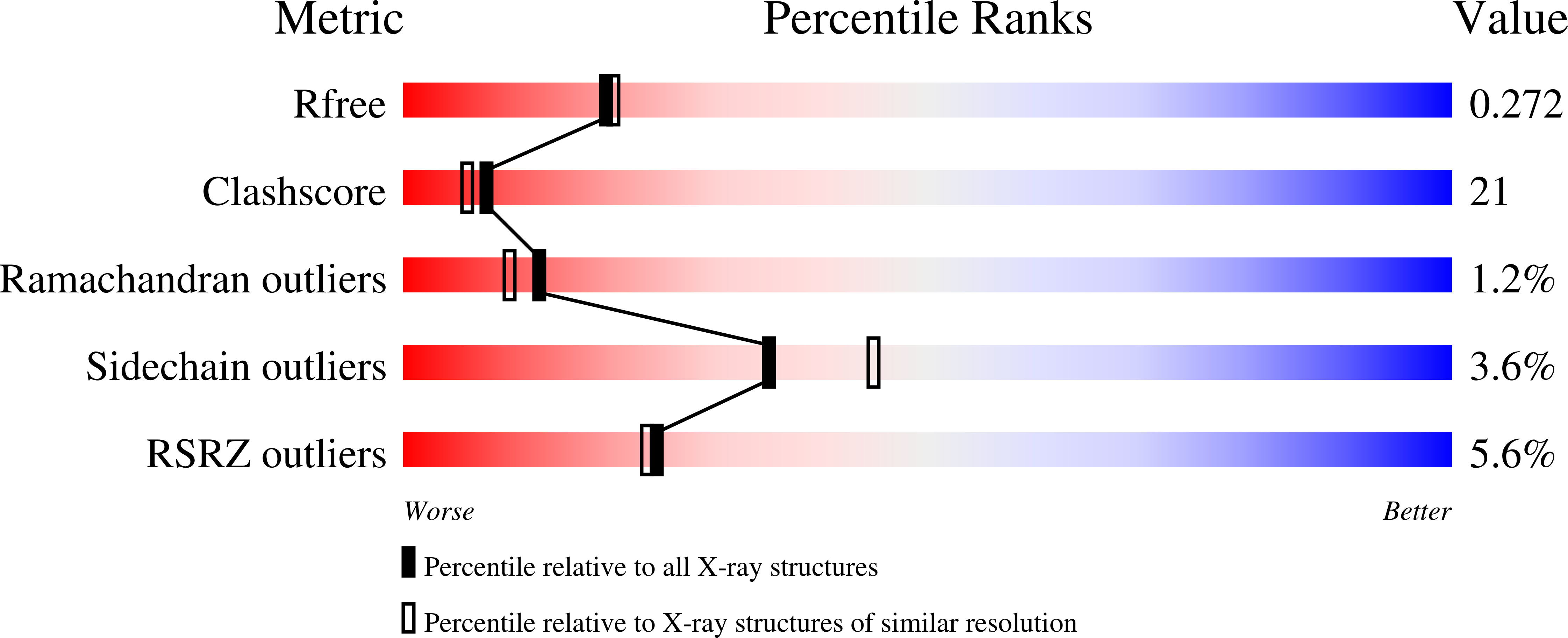
Deposition Date
1999-08-05
Release Date
2000-08-18
Last Version Date
2024-06-19
Entry Detail
PDB ID:
1QKT
Keywords:
Title:
MUTANT ESTROGEN NUCLEAR RECEPTOR LIGAND BINDING DOMAIN COMPLEXED WITH ESTRADIOL
Biological Source:
Source Organism:
HOMO SAPIENS (Taxon ID: 9606)
Host Organism:
Method Details:
Experimental Method:
Resolution:
2.20 Å
R-Value Free:
0.27
R-Value Work:
0.22
R-Value Observed:
0.22
Space Group:
P 65 2 2


